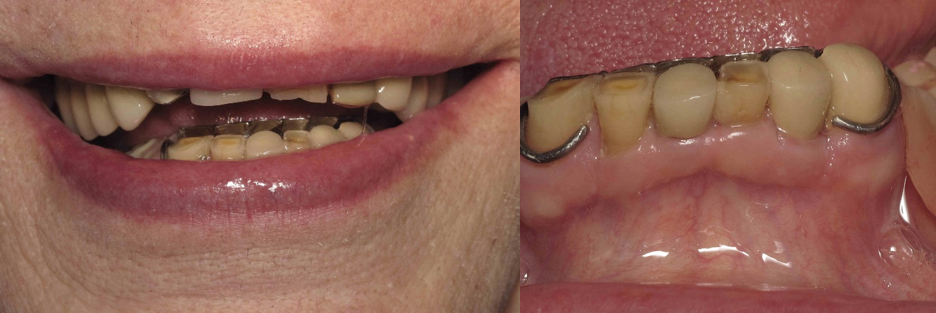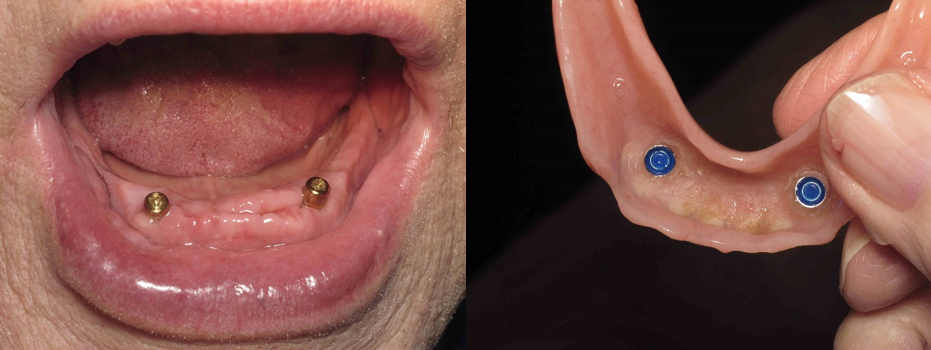By: Dr. Elizabeth Eggert
At Eggert Family Dentistry, we pride ourselves on providing comprehensive care for every dental patient. Often, we find that new patients are pleasantly surprised that we perform regular blood pressure checks and periodic radiographs (x-rays) as part of your routine dental care.
Eggert Family Dentistry is a very progressive, cosmetic and comprehensive family dental clinic. We get to know you, your family, and your concerns. By incorporating blood pressure checks and x-rays into your dental care, we’re able to give you a better picture not only of your oral health but your overall well-being, which can help us predict and prevent future oral or other systemic health issues.
Since your overall health is of utmost importance to us, we also perform head, neck, and oral cancer screenings at every appointment. In addition, if we have concerns, we are trained to discuss conditions such as diabetes, acid reflux, and sleep disordered breathing (including sleep apnea) with patients and make referrals to physicians as needed.
Blood Pressure and Your Oral Health
One in three Americans suffer from high blood pressure, also called hypertension, but not everyone who has high blood pressure knows they are hypertensive. Additionally, more people see their dentists regularly than they do their family physicians (surprising, but true, according to a study in the American Journal of Public Health). That means we have a wonderful opportunity to discover a patient has high blood pressure and recommend they schedule a doctor’s appointment.
But regular blood pressure checks also play a direct role in your oral health as well. People with hypertension are more prone to bleeding during dental procedures, including surgery and even tooth cleanings. Knowing your blood pressure helps us make your dental care safer and healthier for you.
Regular Radiographs Help Us Keep You Healthy As Well
There are many areas in between the teeth and at the root tips that can only be examined with the aid of an x-ray. Without this valuable tool, some oral conditions may go undetected.
We take x rays regularly, but on an interval customized for you, because we want to catch oral health concerns before they become major problems. Often, oral health conditions are asymptomatic—you don’t feel any pain, and there is no evidence of decay or disease inside your mouth until the tooth is nearly un-restorable (or can’t be saved). Taking periodic radiographs helps us catch these conditions and treat them before they become serious.
Dental x-rays come in many forms – cavity-detecting bite wing x-rays, full mouth series of x-rays, panoramic x-rays, and even cone-beam CT x-rays. We base the type of x-rays we recommend for you on a number of risk factors and different well-documented assessments. Of course, it is important that we minimize your exposure to radiation as much as possible, therefore, since we take your overall health so seriously, we use digital sensors in our radiography. These sensors only expose patients to an amazingly low level of radiation – much, much lower than traditional film. Even better, the resulting image we get from the digital sensors we use is fantastically clear and diagnostic! In fact, it makes it easy for patients to see why we recommend the treatment we do, since we can put the image right on the computer screen next to them.
It may seem a little odd at first, but regular blood pressure checks and periodic radiographs are vital components of comprehensive dental care. We take your overall health very seriously at Eggert Family Dentistry, and we’re proud to be part of your healthcare team. Schedule your appointment today.


